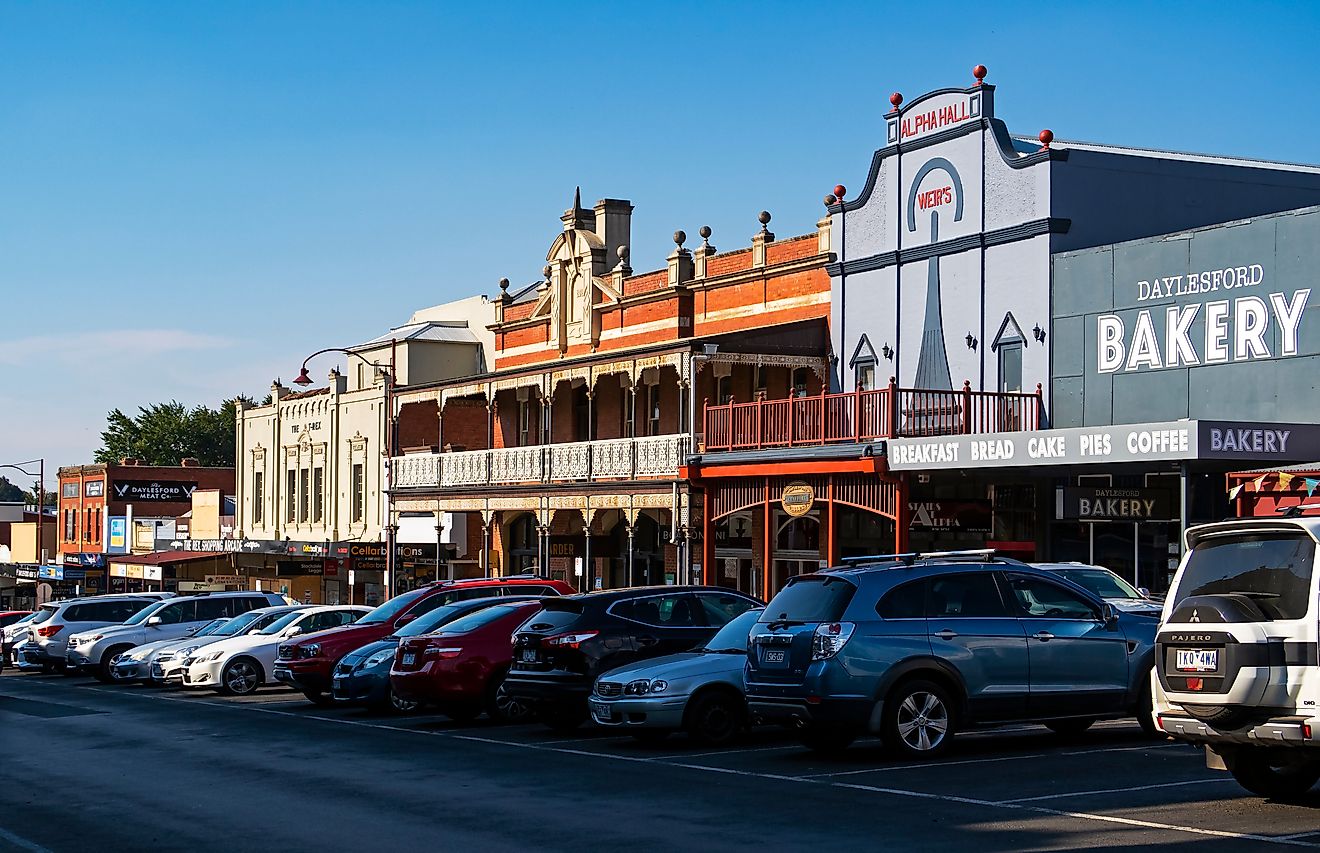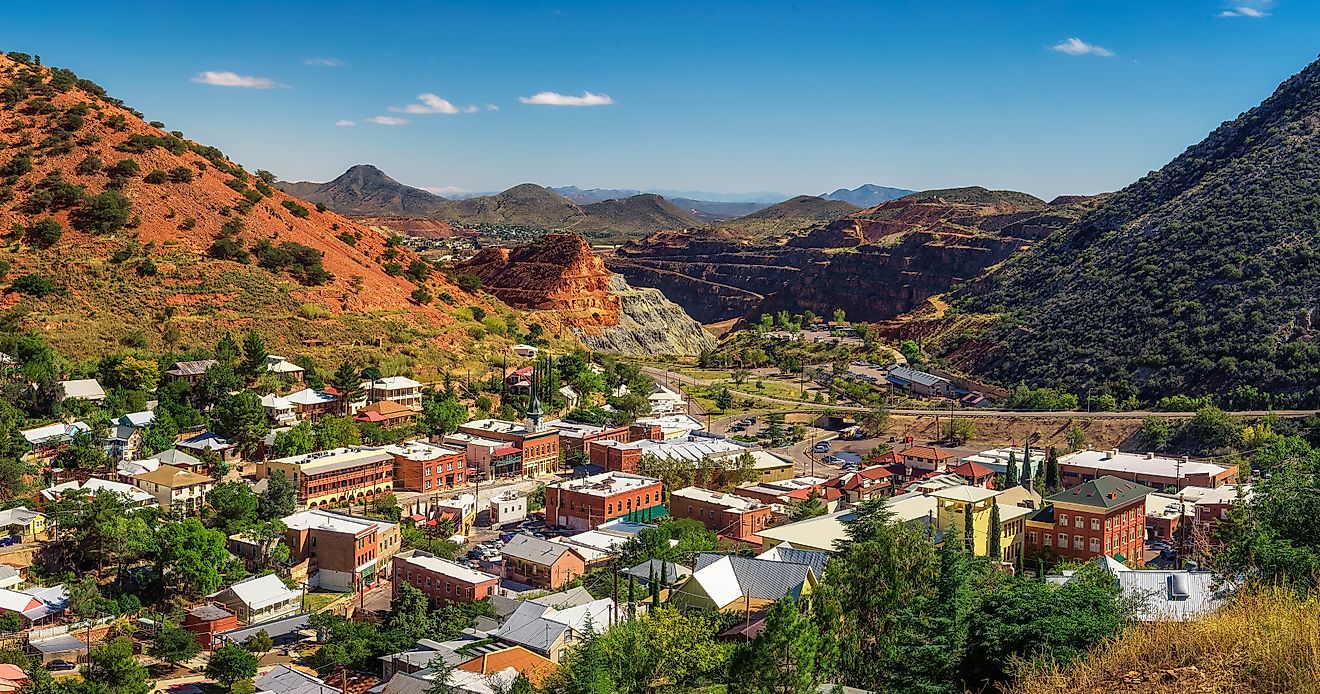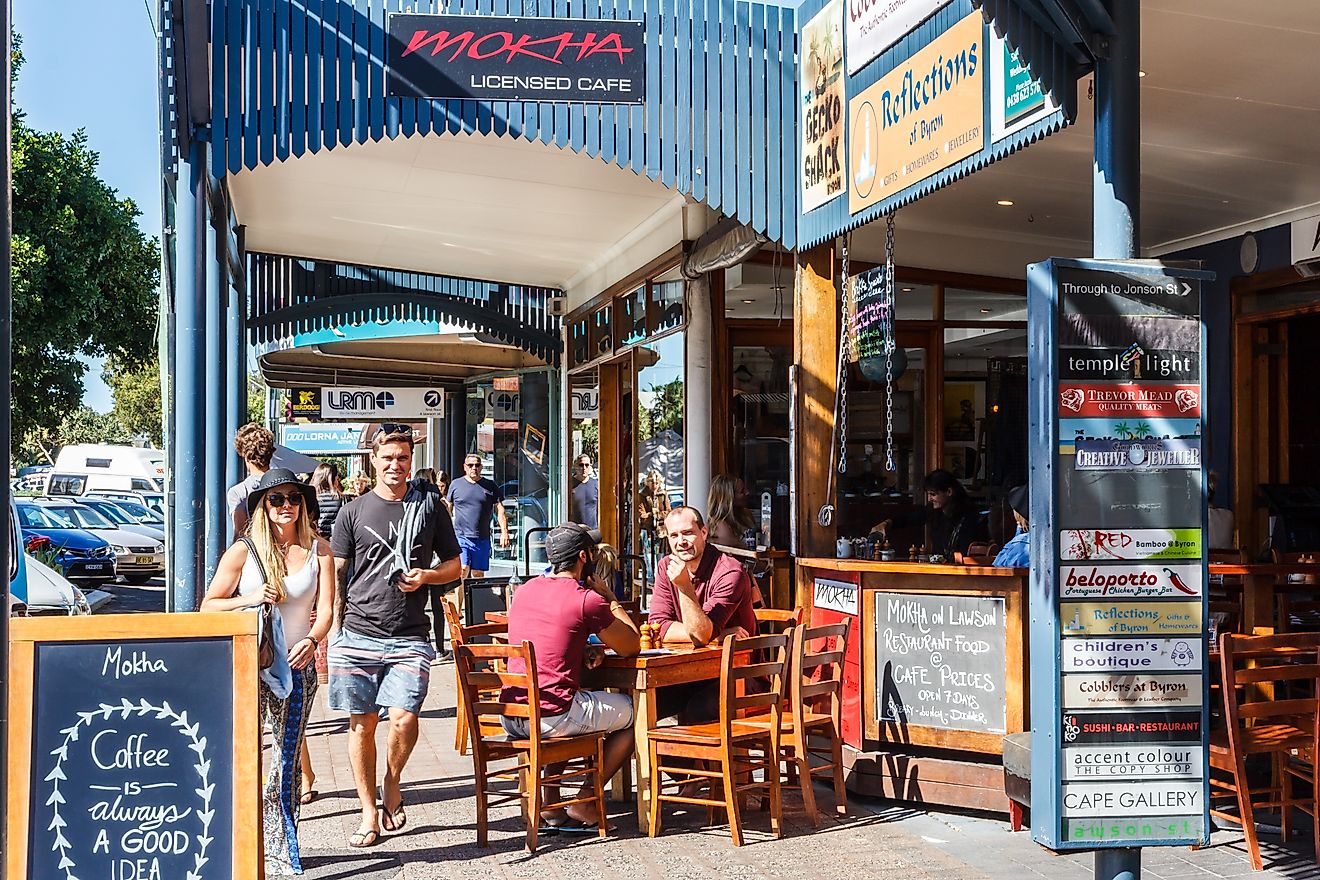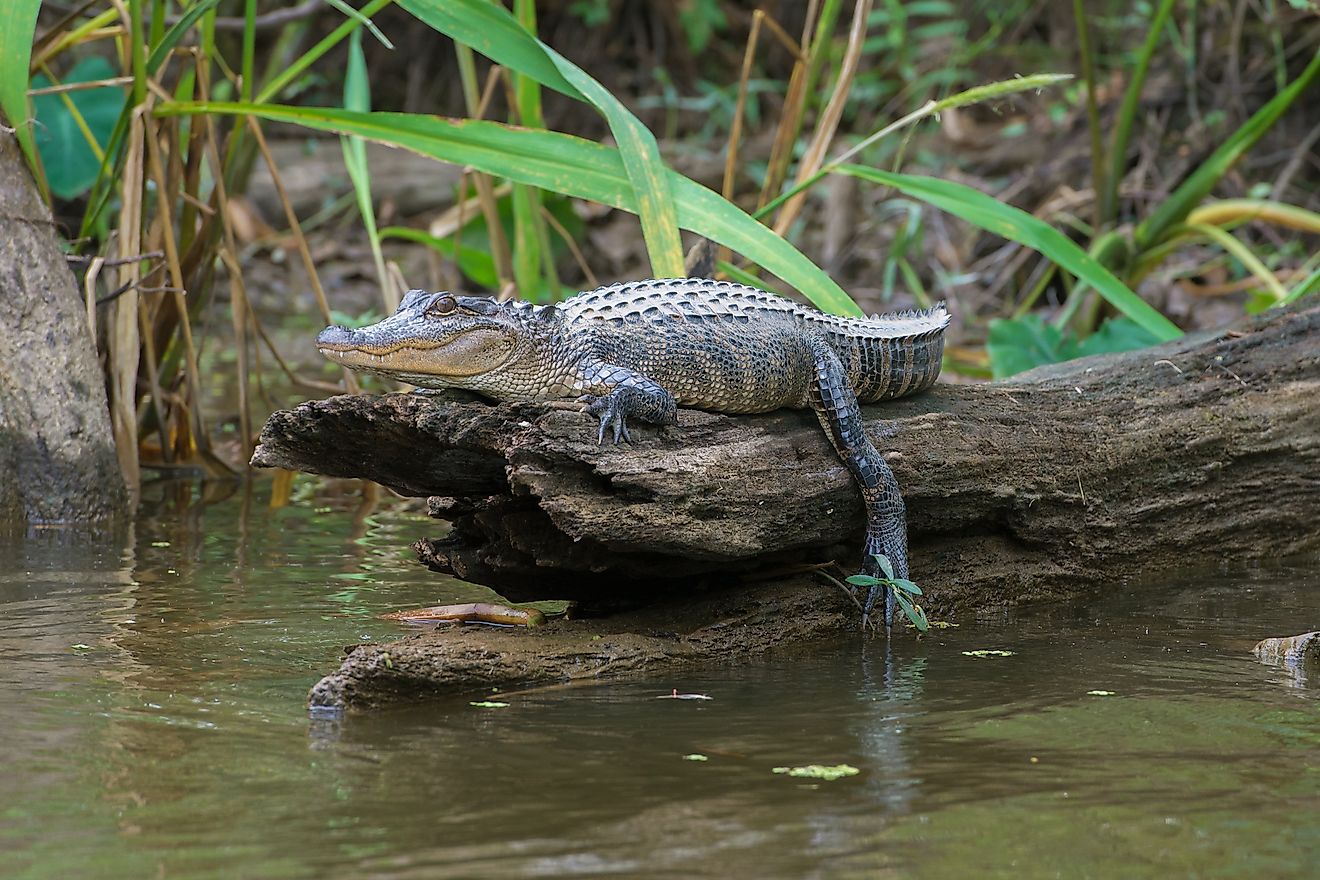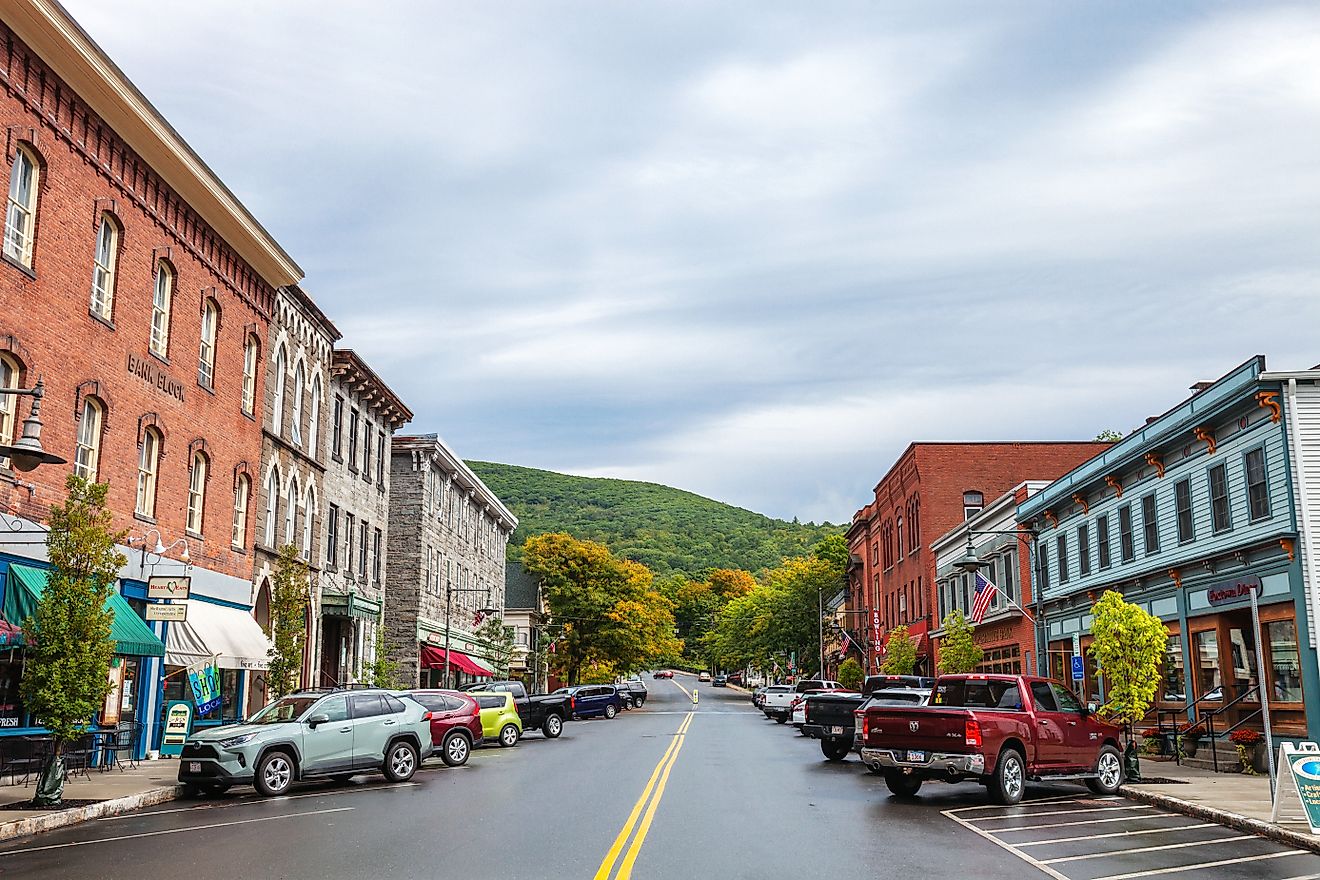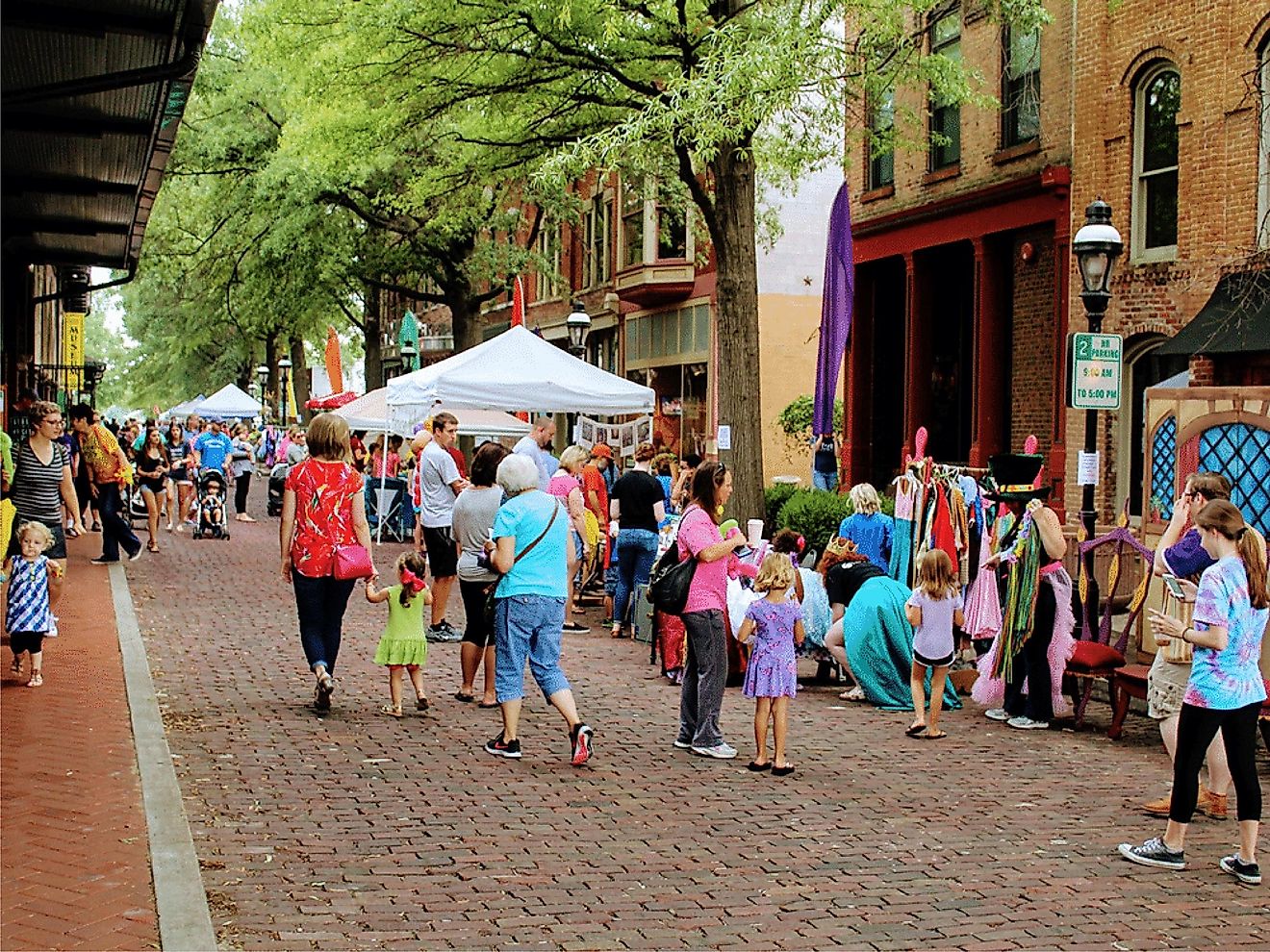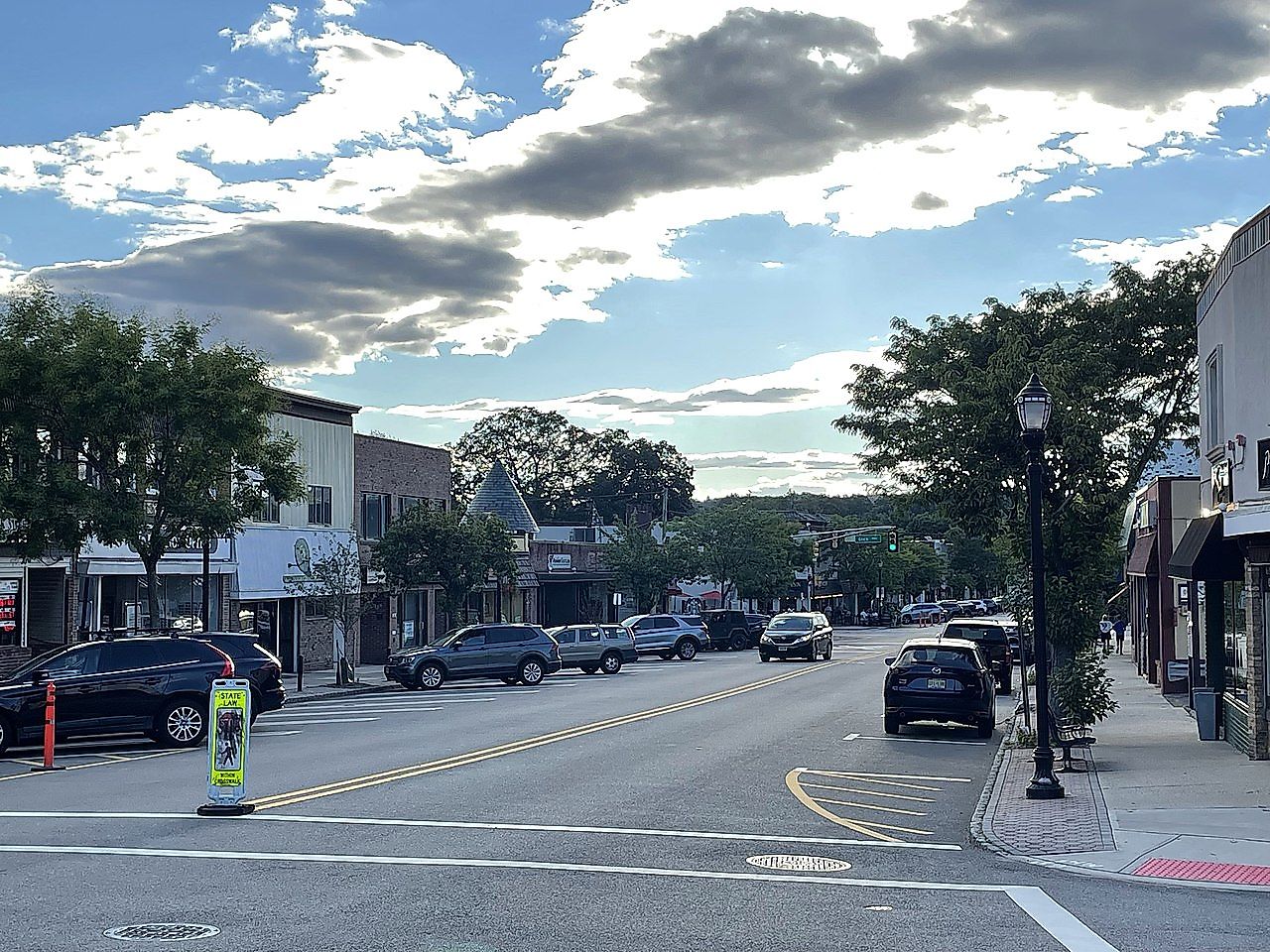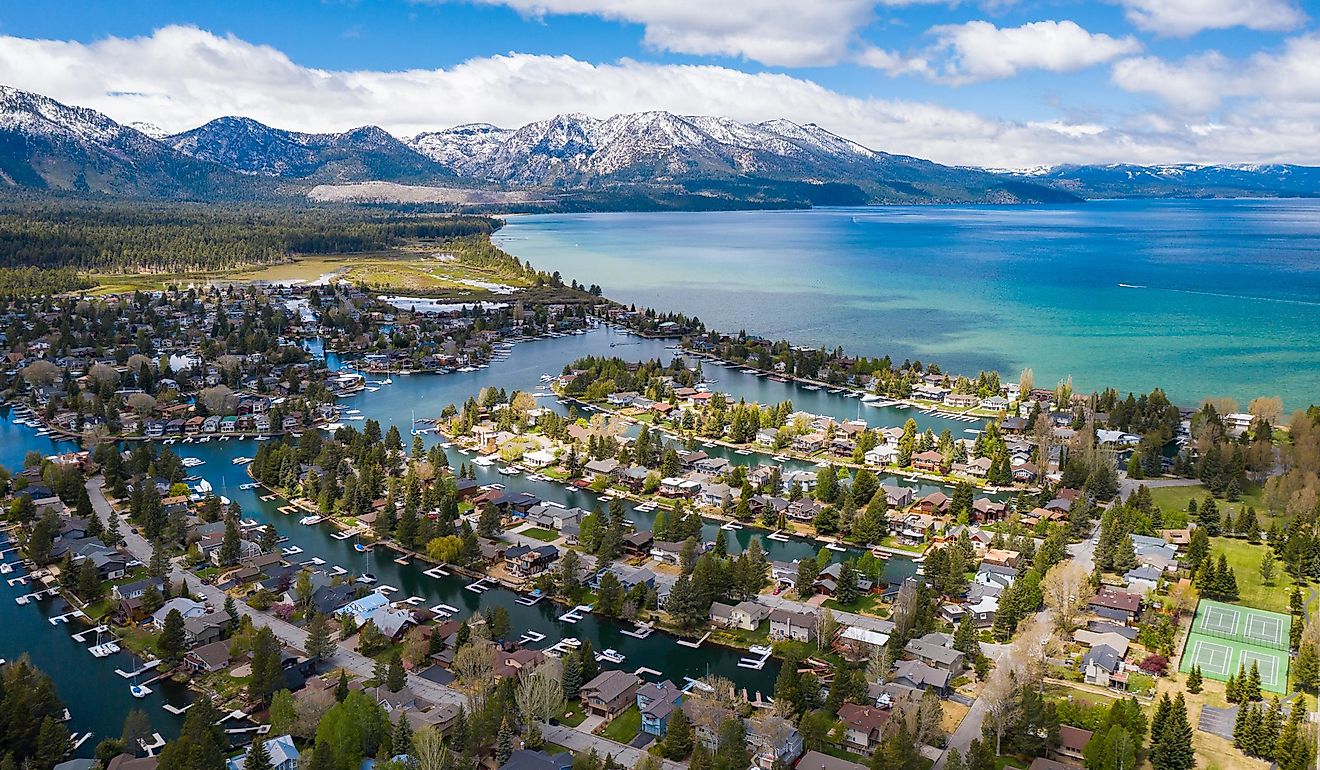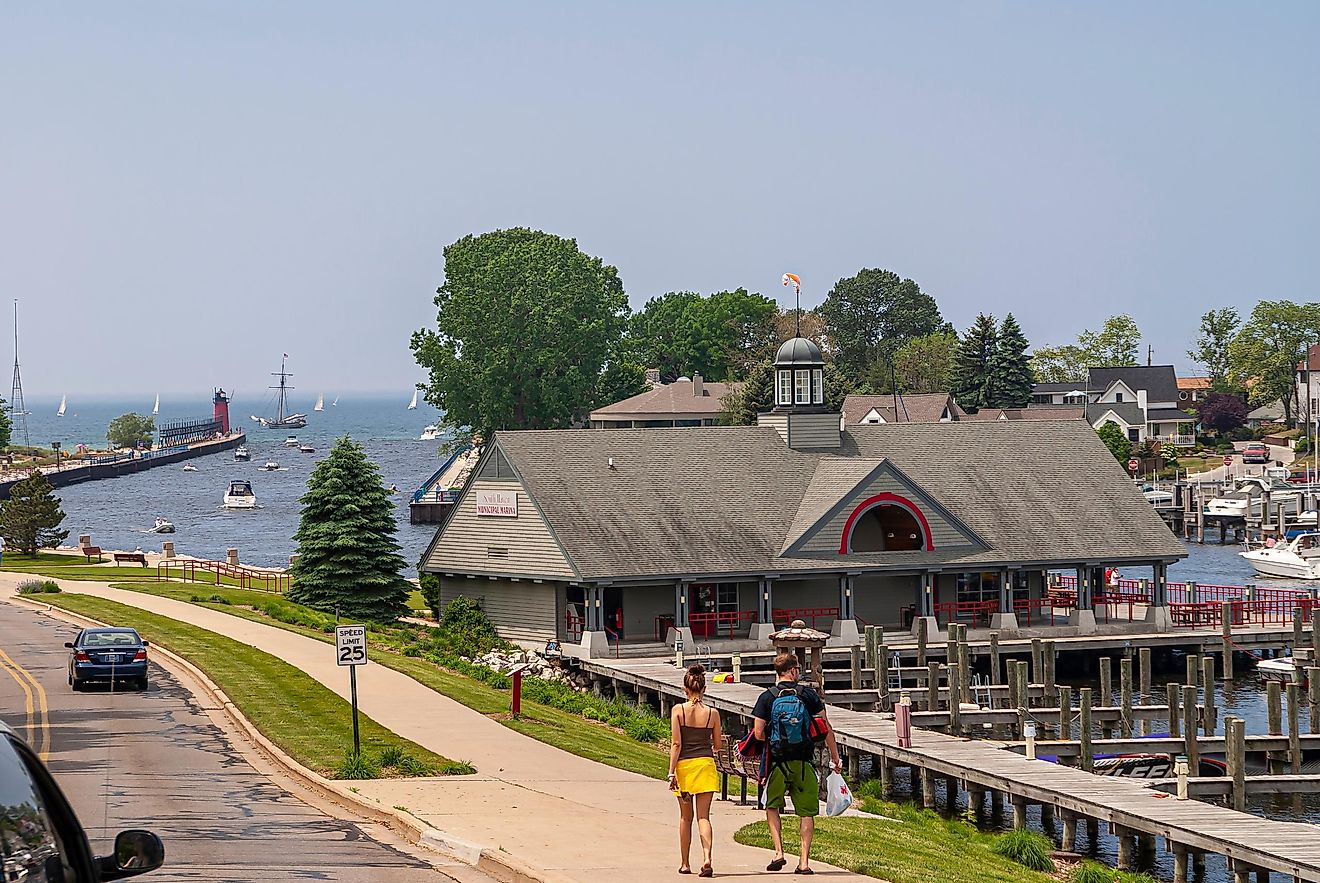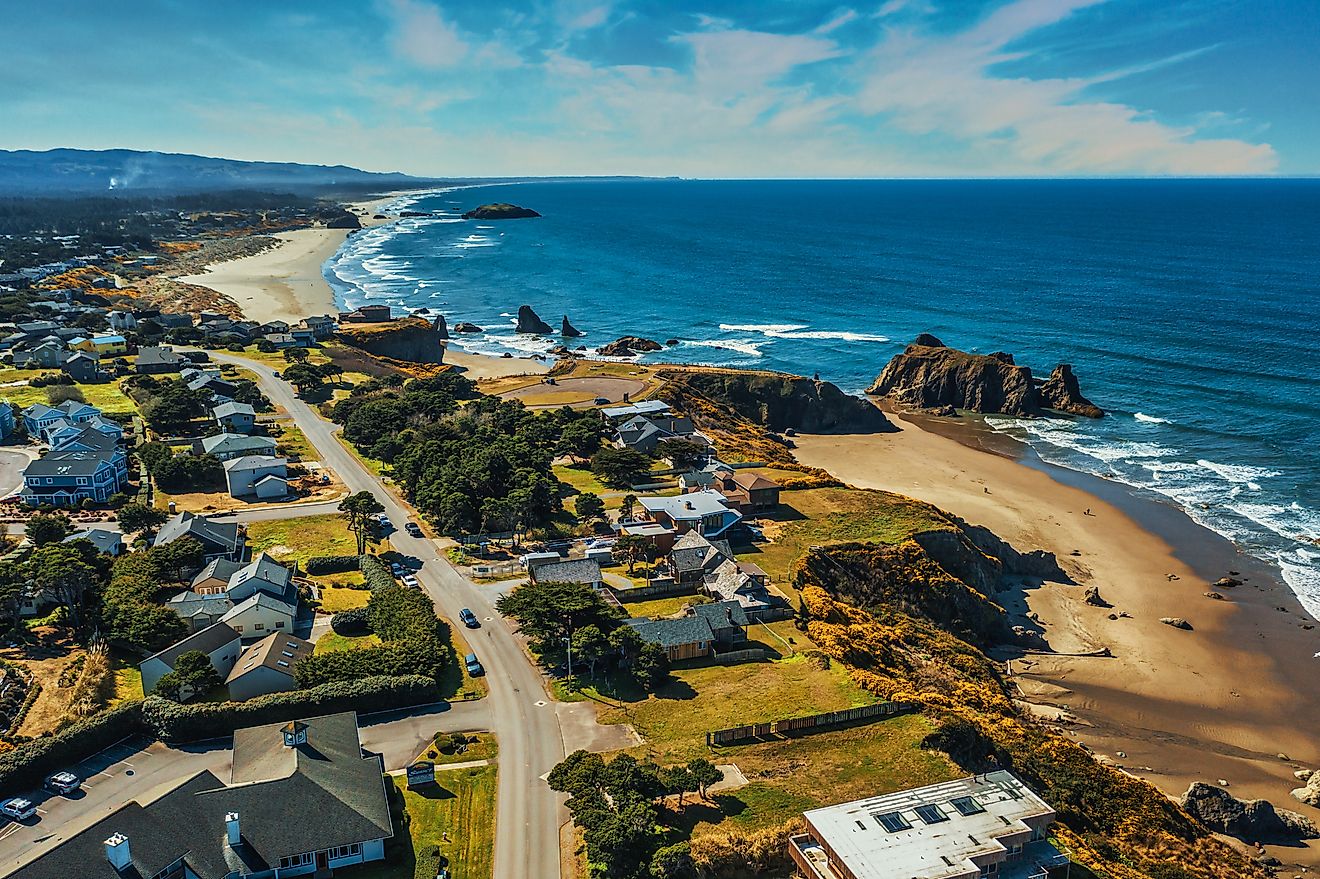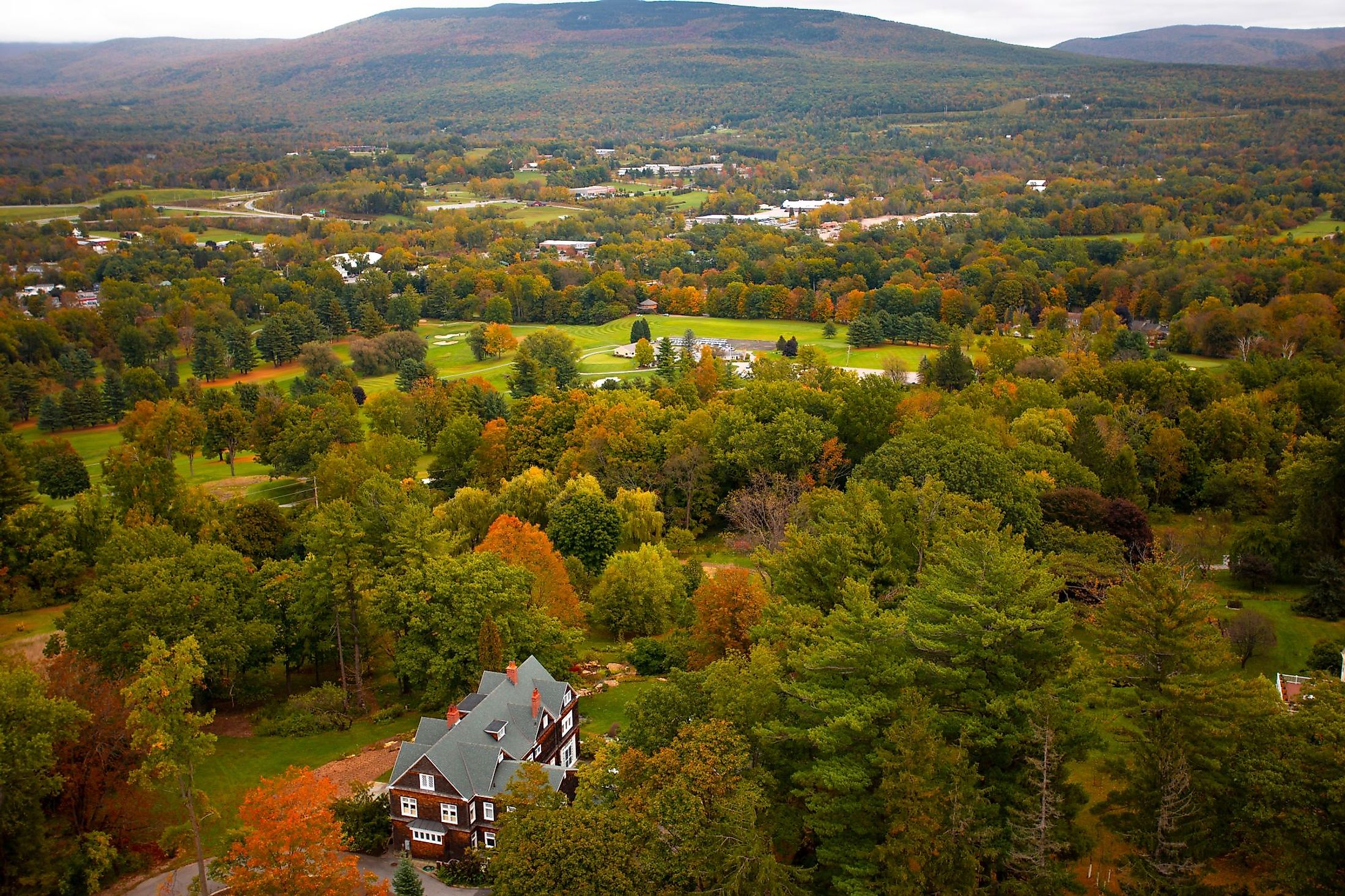
Bennington, Vermont
Situated in the southwestern portion of the US State of Vermont in Bennington County, Bennington is home to a vibrant community center with a fascinating past, beautiful architecture, independently owned businesses and small-town friendliness. The Bennington Battle Monument, the state's tallest man-made structure, is located in downtown Bennington. The town's historical significance also extends to its physical structures, making it a fantastic tourist attraction to view some of the classic architecture that was quite common in this portion of the country in the late 1800s and early 1900s.
Geography And Climate Of Bennington
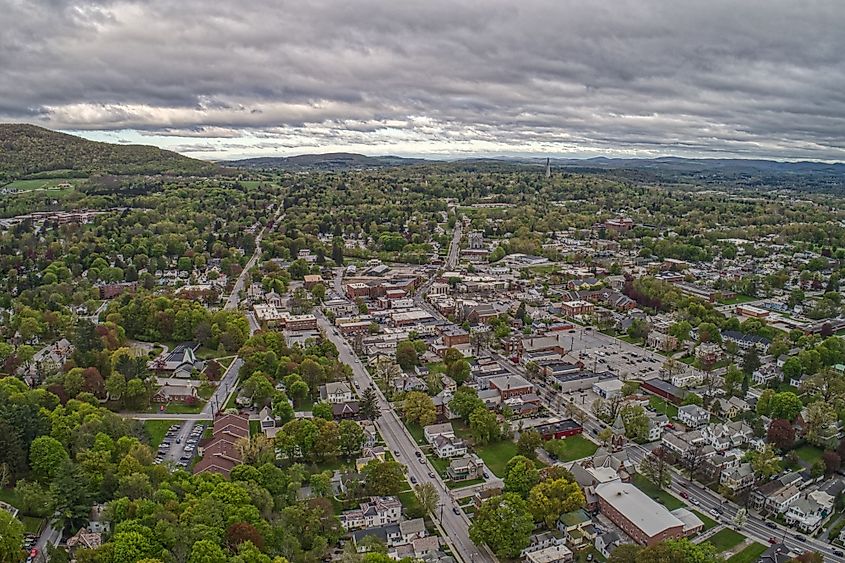
Bennington covers a total area of 110.1 sq. km, of which 109.4 sq. km is land, and 0.7 sq. km is water. It is one of Bennington County's two shire towns, as well as the state's third-largest town and sixth-largest municipality. The town is placed along the western end of the Green Mountains and is drained by the Walloomsac River and its tributaries. Bennington is geographically much closer to the capital cities of Concord, New Hampshire, Albany, New York, and Hartford, Connecticut, than to Vermont's capital Montpelier.
According to Köppen Climate Classification, Bennington experiences a humid continental climate, with warm, rainy summers and cold, snowy winters. The average yearly temperature ranges from 14°F to 79°F, rarely falling below -4°F or rising above 86°F. July is the warmest month, having an average temperature of more than 69°F. Having an average temperature of less than 40°F, January is the coolest month. On average, the city receives 44 inches of rain and 65 inches of snow each year.
Brief History Of Bennington
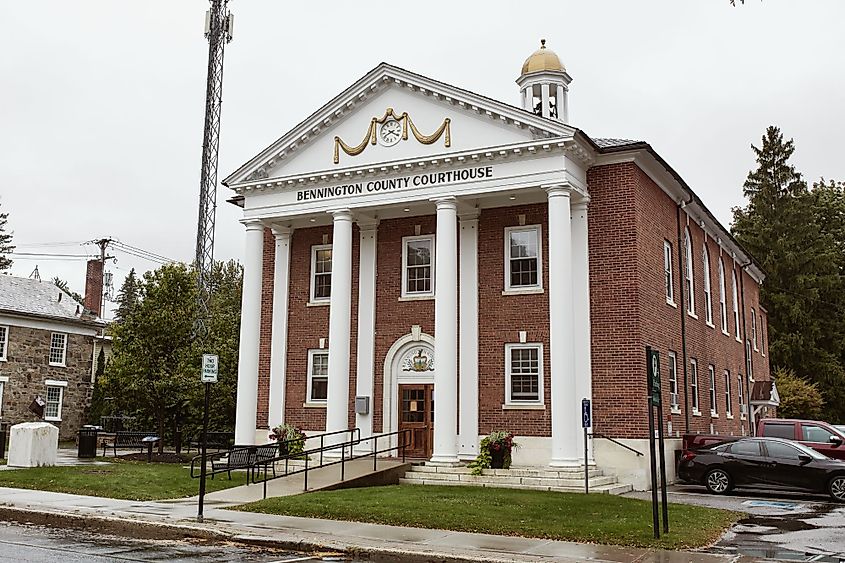
Before the colonists arrived, the area was inhabited by the indigenous Abenaki people, who were attracted by the plenty of fish and wildlife in and along the area's various waterways. As part of the Benning Wentworth Grants, the town was first chartered in 1749 and was named Bennington in honor of the Governor of New Hampshire, Benning Wentworth. Congregational Separatists from Connecticut and Massachusetts founded the town's first settlement in 1761 in what is now known as Old Bennington. Samuel Robinson, the group's leader, set up camp in the river valley following his return from the French and Indian War. The group established a town-meeting government within a year, which is still in place today with minor changes. The town is also well known for the Battle of Bennington, which took place during the American Revolutionary War.
Population And Economy Of Bennington
Being southern Vermont's most populous town, Bennington has a population of 15,333 inhabitants as per the latest US Census. Bennington's population has declined by -0.64% from the most recent census and is now falling at a pace of -0.32% annually. White (Non-Hispanic) (93.9%), Two+ (Non-Hispanic) (2.47%), White (Hispanic) (0.972%), Other (Hispanic) (0.808%), and Asian (Non-Hispanic) (0.55%) make up Bennington's top five ethnic groups. The poverty rate in the town is 13.18%, with an average household income of $62,978. The median price of a home is $162,700, and the median monthly rent in prior years has been $866. In Bennington, the average age is 45.5 years, 38.3 years for men and 47.9 years for women.
The town developed into a textile, pottery, wood goods, and paper hub during the 19th century. Manufacturing (batteries, automobile components, composites, stoneware, plastic items, and hand tools), agriculture (particularly maple sugar), and tourism are the three main pillars of the current economy. With over 1,300 employees, Southwestern Vermont Medical Center is the town's largest and Vermont's seventh-largest employer.
Attractions In Bennington
Old Bennington
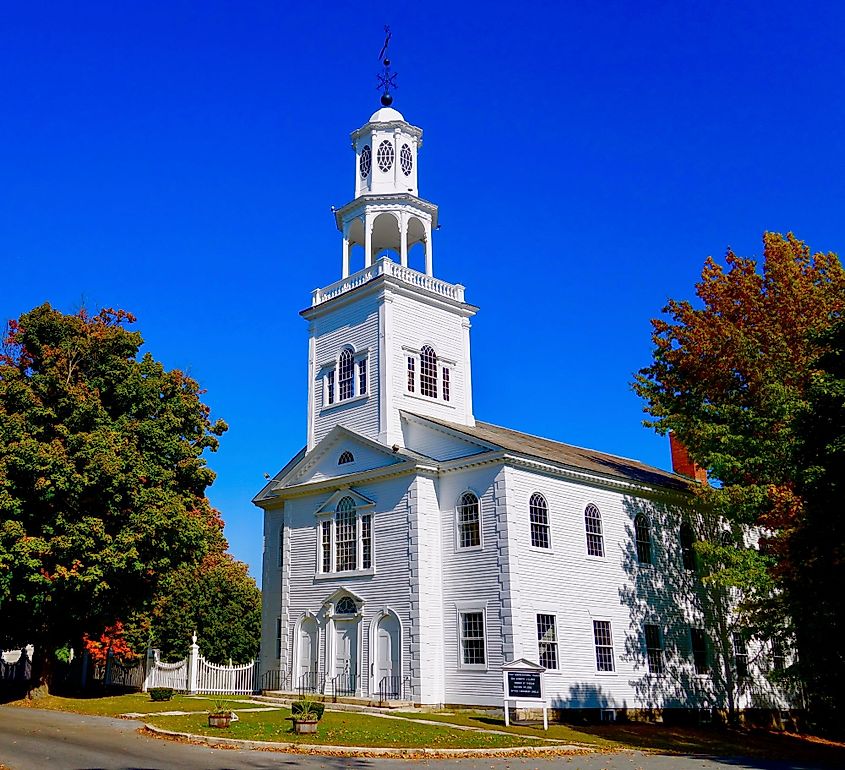
A trip to Old Bennington is like traveling back in time, even though it is totally inside the boundaries of the town of Bennington. Less than 200 people live in this historic community, which has lovely old structures and a very interesting background. The Jedidiah Dewey House, constructed in 1763, is the oldest house. The Old First Church, one of Vermont's most stunning and well-known churches, is situated nearby and was constructed in 1805.
The Bennington Battle Monument
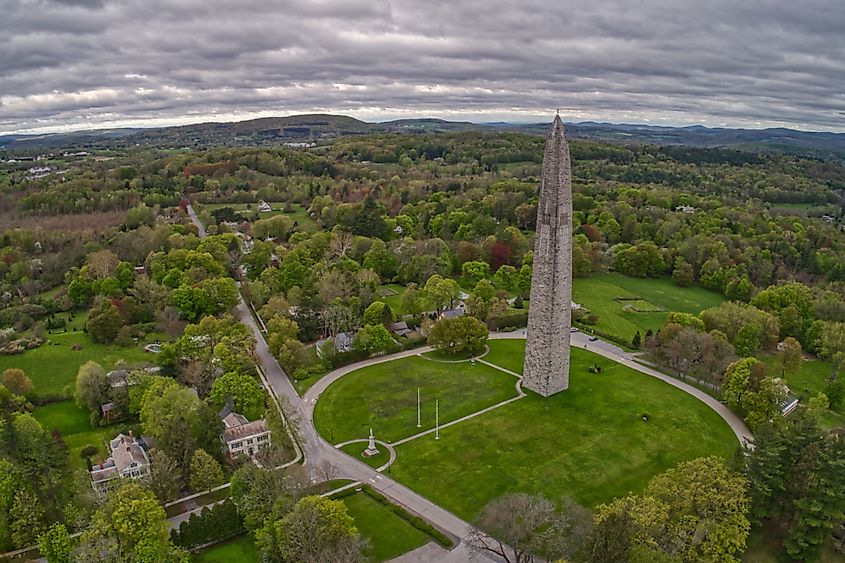
The Bennington Battle Monument is Vermont's tallest man-made structure standing at 93 m. The vistas from the top make it the most well-liked of all the state historic sites in Vermont. The Battle of Bennington, which took place on August 16, 1777, is commemorated by the Bennington Monument, which was finished in 1889. Brigadier General John Stark and 1,400 New Hampshire soldiers defeated two British army detachments who were attempting to seize a store of food and ammunition where the stone obelisk now stands.
Bennington Museum
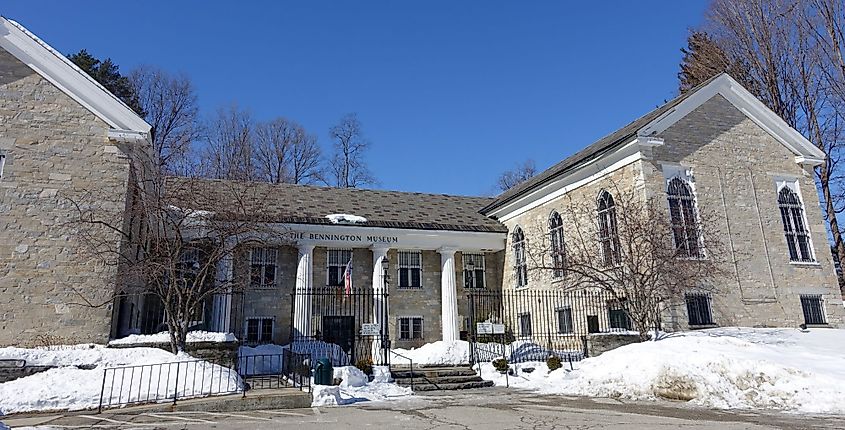
The purpose of the Bennington Museum is to display the inventiveness of 18th-century Bennington and its surroundings. Visitors can explore and observe a wide variety of relics, paintings, and stonewares around the museum. The most extensive public collection of American folk artists, including Anna Mary Robertson's "Grandma" Moses, is displayed as part of the permanent collection exhibitions.
Burt Henry Covered Bridge
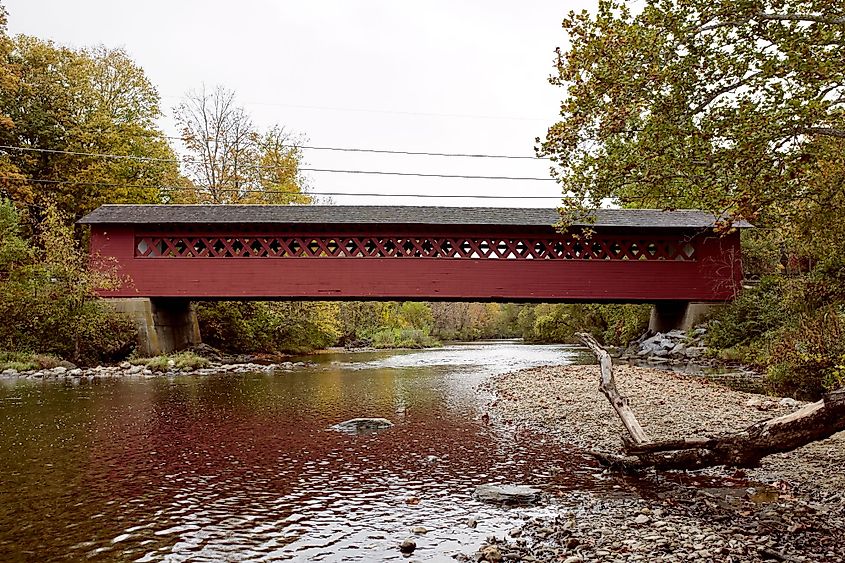
The Burt Henry Covered Bridge, is believed to have been constructed in the 1830s. The Walloomsac River is crossed by this single-span town lattice truss bridge, which is more than 120 feet long overall. The bridge can only accommodate one lane of traffic because it is barely 18.5 feet wide.
